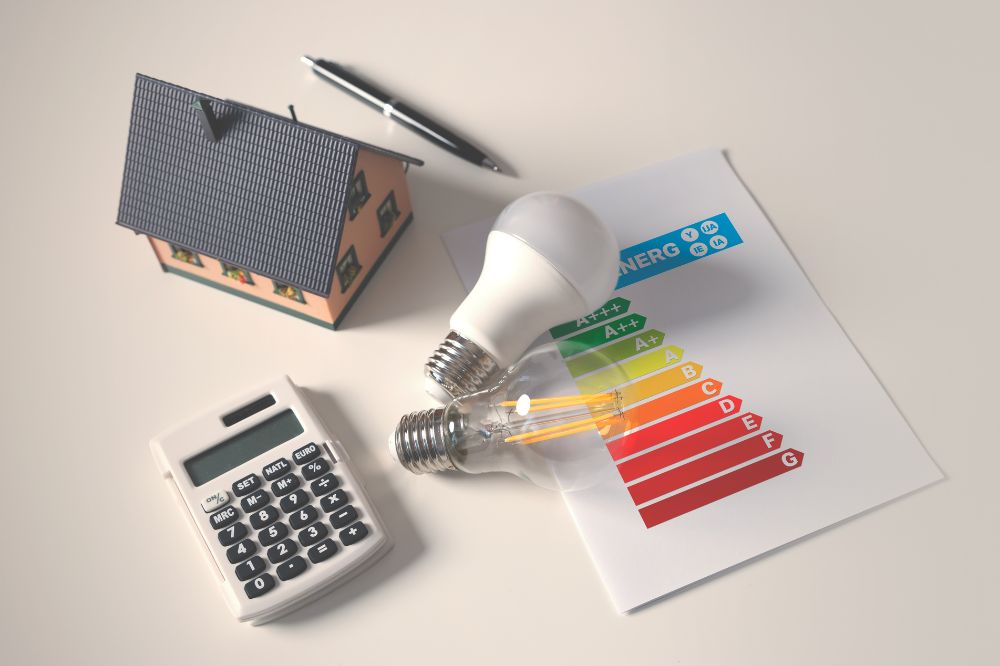What You Should Know About Roof-Related Tax Breaks and Rebates

Getting a roof replacement is a hefty investment. However, there are some tax breaks and benefits that come with it, allowing you to get your money’s worth over time. These incentives go a long way in offsetting not only the cost of your roof replacement project, but also in promoting a more sustainable and environmental approach to roofing.
If you’re considering a roof replacement anytime soon, you may be wondering what tax rebates you can get. We’re going to give you the down-low of these programs and what type of roofing projects qualify for these.

What is a Roofing Tax Break?
A roofing tax break is a type of credit or rebate extended to homeowners who install an energy-efficient roofing system on their homes. The goal of the roofing tax credit program is to encourage homeowners to replace and or use products that are energy-saving. At the same time, the project also aimed to foster new jobs within the construction industry.
How to Save Money on Roofing Projects
- Energy-Efficient Improvements
Federal and local state governments typically offer tax breaks and rebates for homeowners who opt to replace their old roofing with energy-efficient roofs. The main idea behind these types of programs is to encourage homeowners to use materials and technologies that save energy consumption rather than relying on traditional energy resources.
Thankfully, there are some areas or governments which offer credits for homeowners who undertake these upgrades and changes, provided, of course, they meet the required energy efficiency standards.
Some of the more popular roofing types that have gained popularity over the years include cool roofs and upgrading your roof’s insulation and ventilation. Cool roofs are roof types that are designed to reflect sunlight, making them adept deflect and absorb less heat. These lower the cost of energy bills during the hot summer months.
On the other hand, changing your insulation and ventilation systems are also a great way to improve the energy costs and efficiency of your home.
- Renewable Energy Tax Credit
Under the initiative of the IRS, you can also get tax credits by installing renewable energy sources such as solar panels. Solar panels are likewise popular in the roofing industry. While this is definitely an investment, solar panels help harness energy from the sun and turn this into energy for the whole home.
Depending on the state, you can get up to 26% of the total cost of the solar panel installation. However, this mandate tends to change over time, so be sure to consult with your local officials and professional roofing contractors to know the latest information on the matter.
- Use of Specific Materials
If the aforementioned materials are still too costly, you’ll be glad to know about the affordable roof replacement options and materials on the market. All you need to do is find materials that have an Energy Star rating or certification.
Two materials or roof types that fall under this include metal roofs with paint or pigment approved by Energy Star, as well as asphalt roofing. The metal roof’s coating help reflect light and cool the home, while the use of asphalt shingles with cooling granules can lower energy consumption, especially in the hot months.
How Much Credit You Can Get
Homeowners can receive varying amounts depending on the materials they use as well as on the type of change or upgrade they have undertaken. There is, however, a maximum limit that can be paid out to qualified individuals.

Besides installing energy-efficient roofing and using relevant materials, it is imperative that these credits are only used for a person’s principal residence. This means that these tax breaks cannot be used on rental properties or on newly constructed houses.
For example, you can get up to 10% tax credits on the overall cost of an energy-efficient roof, with a maximum of $500.
The Bottom Line
Qualifying for a tax break on roof-related matters is a great incentive for homeowners who are in need of a roof replacement. With this approach, you not only get a new roof that can last you for years to come, but also enjoy more savings on lower energy bills.
